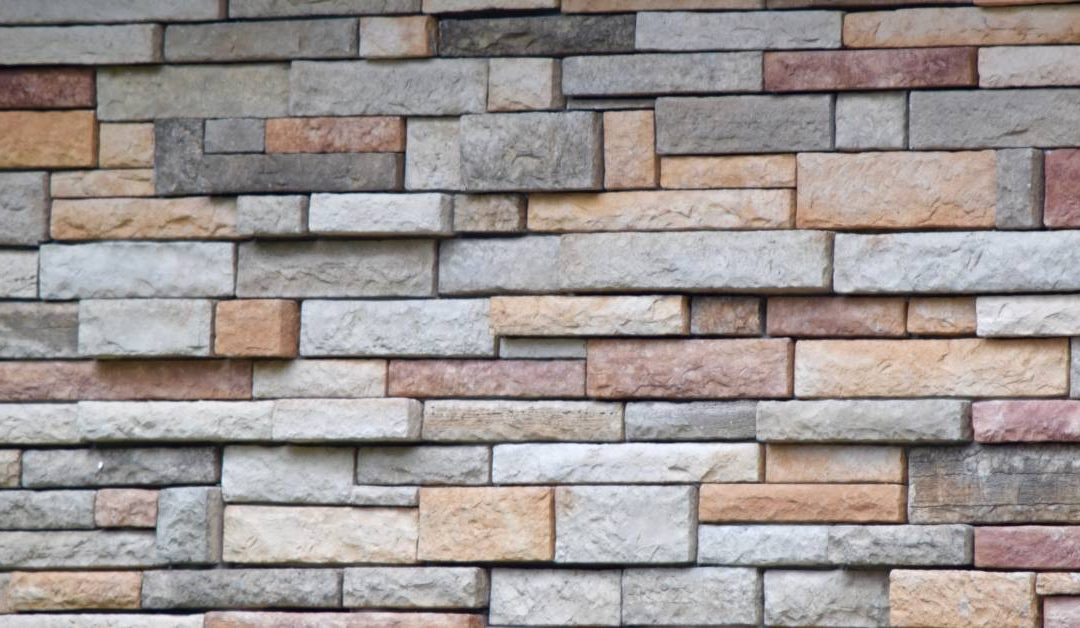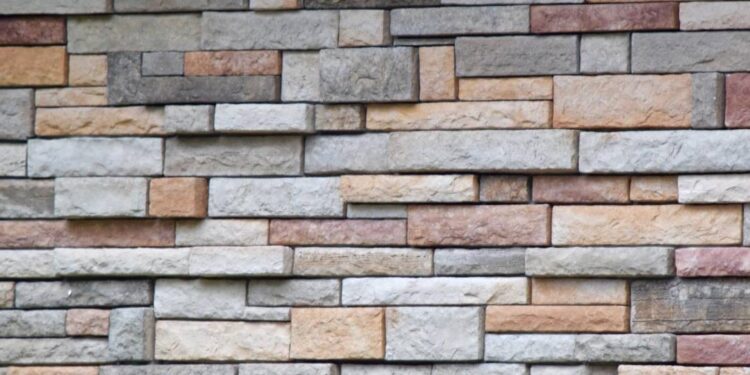Embark on a journey to discover the best siding for your region with our guide on How to Choose Weather-Resistant Siding. From understanding climate influences to exploring different materials, this article will equip you with the knowledge needed to make the right choice.
Delve deeper into the factors influencing weather-resistant siding selection and gain insights that will help you protect your home effectively.
Factors to Consider for Weather-Resistant Siding Selection
When choosing weather-resistant siding for your home, it is crucial to consider the climate of your region. The type of siding you choose can greatly impact the durability and longevity of your home's exterior.
Impact of Weather Conditions on Siding Durability
Different weather conditions such as extreme heat, cold, moisture, and wind can affect the lifespan of your siding. For example, vinyl siding may warp in extreme heat, while wood siding is susceptible to rot in wet climates. It is essential to choose siding materials that can withstand the specific weather challenges in your area.
Different Types of Weather-Resistant Siding for Various Regions
- Fiber Cement Siding: Ideal for regions with high humidity and heavy rainfall due to its resistance to moisture and rot.
- Vinyl Siding: Suitable for areas with extreme temperature fluctuations as it expands and contracts without warping.
- Wood Siding: Best for regions with mild climates where the risk of rot is low, but regular maintenance is required.
- Metal Siding: Great for regions with strong winds and hailstorms as it is durable and impact-resistant.
Types of Weather-Resistant Siding Materials

When it comes to choosing weather-resistant siding materials, there are several options available, each with its own set of benefits and drawbacks. It is essential to consider the specific climate of your region when selecting the most suitable material for your home.
Below are some common weather-resistant siding materials along with their characteristics:
Vinyl Siding
- Benefits:Vinyl siding is affordable, low-maintenance, and comes in a variety of colors and styles. It is resistant to rot, insects, and moisture.
- Drawbacks:Vinyl can crack or fade over time, especially in extreme temperatures. It may not be as durable as other materials.
- Example:Vinyl siding is suitable for regions with moderate climates that experience mild weather conditions.
Fiber Cement Siding
- Benefits:Fiber cement siding is durable, fire-resistant, and can mimic the look of wood or masonry. It is resistant to rot, insects, and harsh weather conditions.
- Drawbacks:Fiber cement siding can be heavy, requiring professional installation. It may also be more expensive compared to other materials.
- Example:Fiber cement siding is ideal for regions with fluctuating temperatures and high humidity levels.
Wood Siding
- Benefits:Wood siding provides a natural and rustic look to homes. It is easy to repair and can be painted or stained in various colors.
- Drawbacks:Wood siding requires regular maintenance to prevent rot, mold, and insect infestations. It may not be as durable as other materials.
- Example:Wood siding is suitable for regions with mild climates and lower moisture levels.
Installation and Maintenance Tips for Weather-Resistant Siding

Proper installation and maintenance are crucial for maximizing the lifespan of weather-resistant siding and ensuring its effectiveness in protecting your home.
Best Practices for Installing Weather-Resistant Siding
- Ensure that the siding is installed according to the manufacturer's instructions to guarantee its weather-resistance properties.
- Use the correct tools and materials for installation to prevent damage to the siding.
- Properly seal all joints and seams to prevent water infiltration and potential damage.
- Consider hiring a professional installer for complex or large projects to ensure correct installation.
Importance of Proper Maintenance
- Regularly inspect the siding for any signs of damage, such as cracks, warping, or discoloration.
- Keep the siding clean by washing it with a mild detergent and water to remove dirt and debris.
- Trim any nearby trees or bushes to prevent damage from branches rubbing against the siding.
- Repaint or refinish the siding as needed to protect it from the elements and maintain its appearance.
Tips for Inspecting and Repairing Weather-Resistant Siding
- Inspect the siding annually for signs of wear and tear, especially after severe weather events.
- Address any minor damage promptly to prevent it from escalating into a larger issue.
- Replace damaged or deteriorated siding panels to maintain the integrity of the overall system.
- Consider applying a protective coating or sealant to enhance the weather-resistance of the siding.
Cost Considerations and Budgeting for Weather-Resistant Siding
When it comes to choosing weather-resistant siding, considering the costs involved and budgeting appropriately is crucial. Understanding the initial expenses, long-term savings, and planning for replacements or upgrades can help homeowners make informed decisions.
Initial Costs of Different Siding Materials
- Vinyl Siding: Vinyl siding is one of the most affordable options, with a lower initial cost compared to other materials.
- Fiber Cement Siding: While fiber cement siding may have a higher initial cost than vinyl, it is known for its durability and low maintenance requirements.
- Wood Siding: Wood siding can vary in cost depending on the type of wood chosen, with some options being more expensive initially but offering a natural and timeless look.
- Composite Siding: Composite siding materials can have a moderate initial cost, offering a balance between affordability and durability.
Long-Term Cost Savings from Weather-Resistant Siding
- Energy Efficiency: Weather-resistant siding can improve the insulation of a home, leading to lower heating and cooling costs over time.
- Maintenance Costs: Choosing a durable siding material that requires minimal maintenance can result in savings on upkeep and repairs in the long run.
- Protection from Elements: Weather-resistant siding can protect the structure of the home from damage caused by harsh weather conditions, reducing the need for costly repairs.
Strategies for Budgeting and Planning for Siding Replacement or Upgrades
- Research and Compare: Take the time to research different siding materials, their costs, and long-term benefits to make an informed decision based on your budget.
- Set a Budget: Establish a budget that includes not only the initial cost of the siding but also any additional expenses such as installation and maintenance.
- Plan for the Future: Consider factors like the lifespan of the siding material and potential resale value when budgeting for replacements or upgrades in the future.
Last Point
In conclusion, selecting weather-resistant siding tailored to your region is crucial for the longevity and durability of your home. With the right materials and maintenance tips, you can ensure your siding withstands the elements for years to come.
Popular Questions
What are the top factors to consider when choosing weather-resistant siding?
Factors to consider include climate, weather impact on durability, and regional requirements for siding types.
Which weather-resistant siding materials are most common?
Common materials include vinyl, fiber cement, and engineered wood siding.
How can I best maintain weather-resistant siding?
Regular inspections, cleaning, and prompt repairs are key to maintaining the lifespan of weather-resistant siding.









